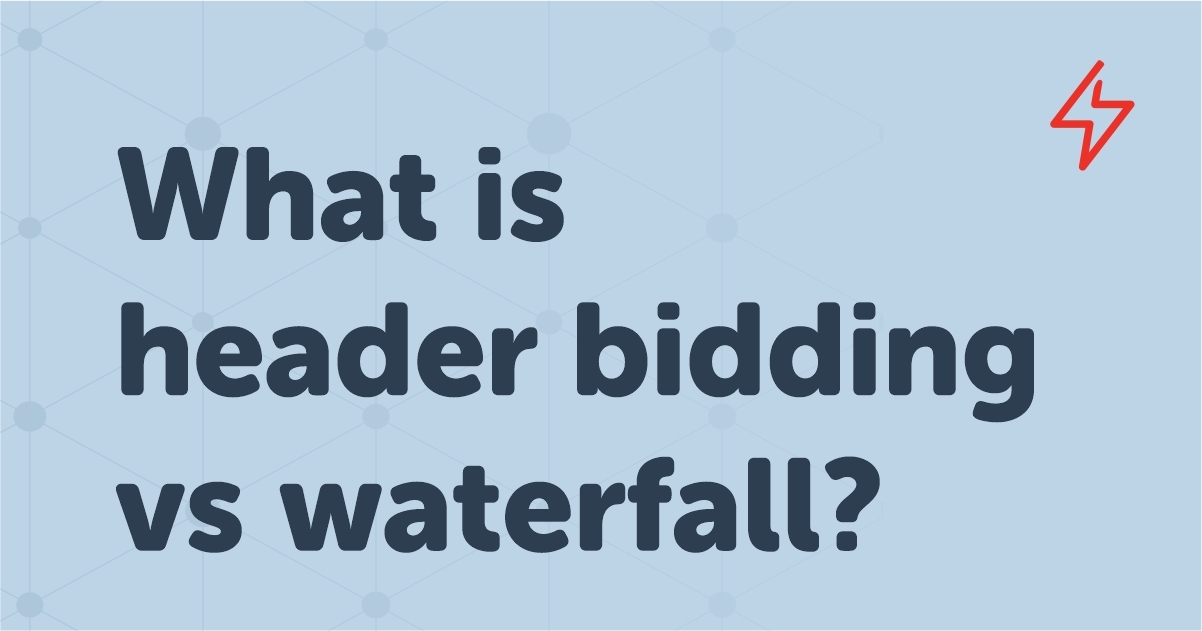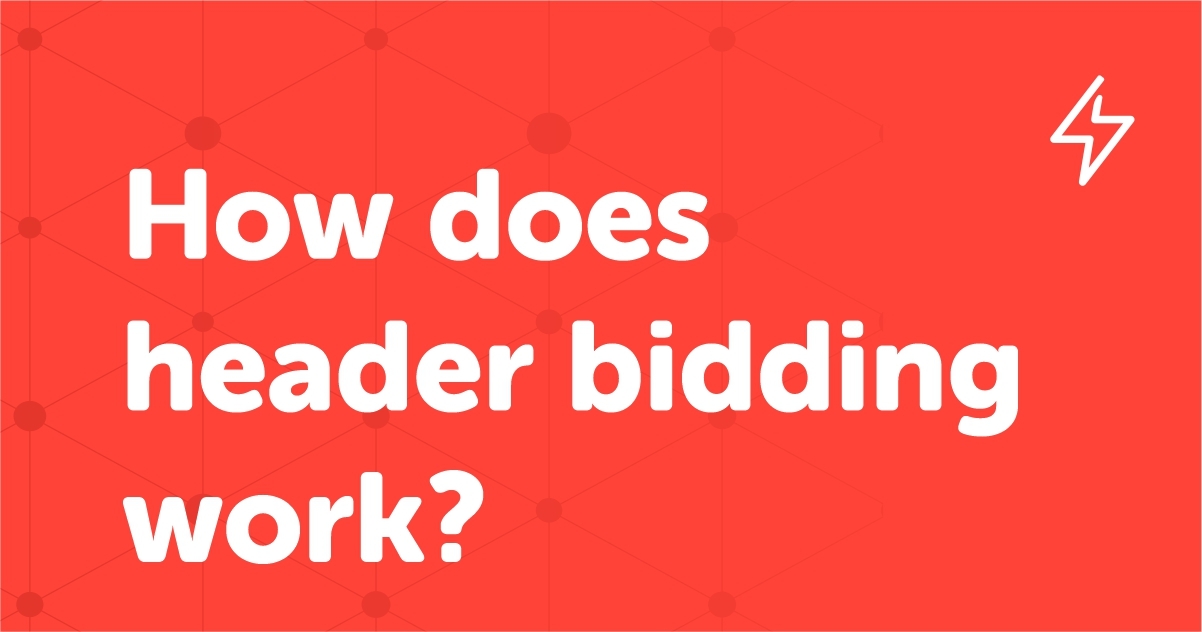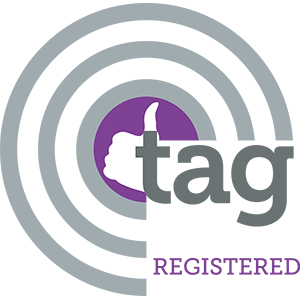Table of Contents
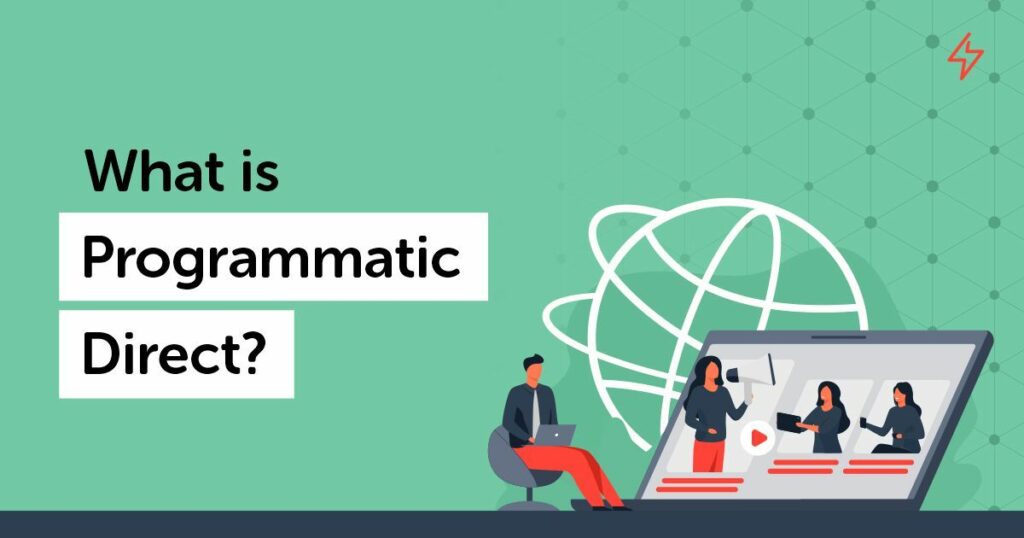
The rise and rise of ad tech is moving the industry towards programmatic direct and private marketplaces. Nowadays, advertisers are thinking about producing their programmatic efforts in-house. This will lead to better chances for the publishers to increase their ad revenue further.
In the world of ad tech, programmatic is king. Research and forecasts from eMarketer suggest that US programmatic digital display ad spending grew more than 10% in 2020 and will rebound to 24.1% growth in 2021.
While the trend is gaining momentum, it’s best to be aware of the programmatic direct concept and idea so that you are prepared to leverage the prospect when it reaches you. The rise of ad tech leads to a massive pool of acronyms and bizarre new terms but AdSparc is breaking it all down for you. At the end of this blog post, you will have a complete idea about programmatic direct,, PMP advertising, PMP digital advertising, and more.
What is Programmatic Direct?
If you look into the term ‘Programmatic Direct’, it is actually made up of two specific keywords – Programmatic and Direct. Programmatic indicates that the buying and selling of ad inventory will take place using multiple software, programs, and technologies in an automated method or manner in an ad auction process. The word direct means the deal for buying and selling the inventory made directly between the advertiser and publisher minus the association of any middlemen. Hence, Programmatic Direct Advertising can be defined as the programmatic media buying procedure conferring to the deal directly made between the advertiser and publisher.
In simple words, programmatic direct or programmatic guaranteed is an agreement or ad transaction directly between the seller (publisher) and buyer (advertiser) via the programmatic ad buying system. With the help of programmatic direct, both publisher and advertiser negotiate on a fixed CPM that can act as a win-win situation for both parties. Publishers get an opportunity to sell inventory to interested buyers, and advertisers reach specific consumers or users with guaranteed impressions.
How is Programmatic Direct different from other Programmatic Deals?
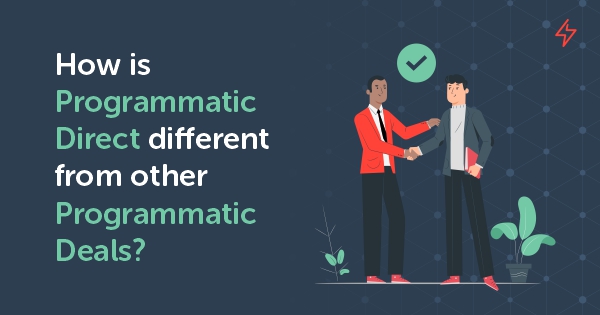
The programmatic direct model may sound like the private marketplace (PMP); however, they have several differences. Programmatic direct means the advertiser and publisher agree on a fixed CPM instead of numerous advertisers bidding for the inventory.
Contrasting other programmatic deals, Programmatic Direct proposes a guaranteed agreement. Also, the advertiser acquires a certain number of impressions at a fixed price. Most importantly, publishers know to whom they are selling their ad spaces, and advertisers are fully aware of where their ads are displaying.
The programmatic direct or programmatic guaranteed necessitates more human participation than any other programmatic deal. In real-time bidding, the publishers get their inventory ready for all buyers. Once the inventory is up, the one with the highest bid gets to display the ad. In comparison, programmatic direct deals are friendlier and include negotiation.
While the term may sound similar, programmatic direct cannot be muddled with other forms of programmatic advertising, such as real-time bidding or private marketplace (PMP). Mainly, Programmatic Direct is a subset of programmatic advertising which is complemented by two other types.
Here’s a brief on each:
1. Real-Time Bidding (RTB): This is an entirely automated method or process, where publishers put up their ad space for sale and advertisers place their bids in real-time. Automatically, the highest bidder wins the inventory to display ads instantly, plus this entire procedure takes less than a fraction of a second. RTB or Real-Time Bidding is the most convenient way of buying online content on a programmatic basis, empowering billions of ads to be provided to internet customers or users regularly.
2. Private Marketplace (PMP): PMP can be defined as invitation-based Real-Time Bidding. Here, publishers invite certain buyers to bid on their inventory. Like the process of RTB, the ad space is bought, and ads are displayed in real-time. PMP is more secure and private than RTB. With PMP advertising, publishers can uphold the efficiency of programmatic without any risk. If publishers can control who is bidding on their inventory with PMP digital advertising, they can ensure their placements are constantly filled with quality advertisements from trustworthy brands. With PMP digital advertising, brands are better positioned to share their first-party data than on the open marketplace. Due to PMP advertising deals, publishers can safeguard and ensure that they get paid top dollar for their premium placements.
Benefits of Programmatic Direct for Publishers
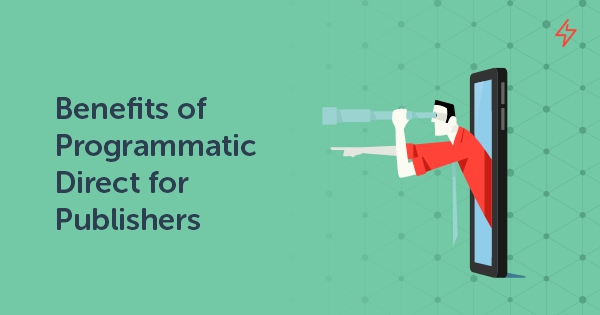
Programmatic direct is a good idea for the publisher as it places control in the publisher’s hand, especially on the homepage and landing page where a publisher wants authority. Control and quality are the reasons behind why buyers and sellers admire programmatic direct. Here’re some benefits of programmatic direct:
- Accurate Insight and Monitoring: Publishers can appropriately manage costs and value their traffic when they identify the kind of demographic and inventory the advertiser is targeting. It also permits them to gauge sales and evaluate accurately
- Advanced Control: Publisher acquires comprehensive command over the ads being displayed and the physical distribution of the ads on the web page. On the other hand, for advertisers, it becomes easy to plan campaigns when they are getting sure-shot impressions for a set time
- Improved Security: Publishers offering their inventory to specific buyers have almost zero scopes for malware advertisement. As the entire procedure or method occurs in a sole or single system, programmatic direct abridges sales and lowers the possibility of human error
- Payments: Payments are automated. For example, in GAM, Google takes care of the payment. The advertiser gets billed on the impressions recorded in the DV 360, and the publisher gets paid on the impressions recorded in GAM
- Acquire Higher yield: Programmatic direct assists to make sure that the premium ad slots are filled, and publishers gain higher prices for their ad inventory than on the open market
However, certain drawbacks of programmatic direct can be faced by publishers. Firstly, the complete filling is not guaranteed. While programmatic direct offers multiple benefits for the publishers, it certainly doesn’t guarantee that publishers can sell their whole ad inventory. Most high-end publishers may have adequate interest from consumers to sell their entire inventory; however, it may not be the case for all the publishers. It may probably end up where the publisher is selling the remaining inventory on ad exchanges. Although setting up Programmatic deals may take time for every campaign, they generally pay a lot higher than general RTB campaigns. Programmatic deals are way faster and more efficient than traditional email communications between publishers and advertisers/agencies.
How to Get Started with Programmatic Direct?
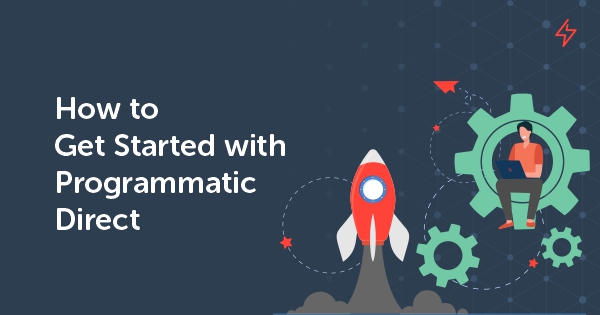
Using Google Ad Manager, the publisher can start with programmatic direct in just a few taps. The publisher can simply initiate a programmatic direct deal, and the buyer can accept the terms. However, both parties must agree to the Google Ad Manager Policy if they want to continue.
Here’s how a publisher can set up a programmatic direct buying procedure:
- Ensure that you have your Google Ad Exchange Account mapped to Ad Manager
- Allow Programmatic Direct by going to Admin > Global Settings > Features. Search for the Programmatic Direct button and tap on it. Don’t forget to save the settings
- Go to Sales > Deals Settings and create your Publisher Profile. This step is vital so the buyers can see you in the marketplace
- Configure the inventory types by going to Admin > Global Settings. Organizing the inventory will help your sales representatives to identify the kind of inventory during the negotiation procedure
Once set, your sales team can immediately start leading and negotiating proposals with buyers. With a programmatic direct setup, your sales team can also obtain the request for a proposal directly from the buyers.
What’s next?
Programmatic direct comprises several pros and cons; however, the pros overshadow the cons. At AdSparc we suggest you go ahead and try programmatic direct if you have a highly engaged audience and a massive volume of ad impressions. You can get your premium ad inventory filled with premium ads that will lead to an overall surge in profitability. However, if you are not amongst the ‘big leaguers’, then auctions via ad networks and ad exchanges will be the best option for you.
If you need any assistance or want to understand programmatic direct better, you can contact our expert team directly. If you are a website publisher or an app developer looking for ways to monetize your site, app, or step up your AMP monetization, get in contact with AdSparc today by requesting a demo to learn about what we can do for you!
Also Read: What is Programmatic Advertising & How Does It Work?
